
In this Phemex review, we’re taking a closer look at the fastest-growing cryptocurrency exchanges on the market. With its user-friendly interface, a solid range of trading options, and support for both spot and futures trading, Phemex has attracted a lot of attention from traders. But with so many exchanges out there, what sets Phemex apart?
In this review, we’ll cover everything from fees to key features, and even take a look at what you might not hear about elsewhere. Whether you’re interested in Phemex’s security protocols, deposit and withdrawal options, or simply want to know how it stacks up against the competition, we’ve got you covered. If you’re also looking for other similar options, you can check out our guide on the best crypto futures trading platform for comparisons.
Key takeaways TL;DR
- Low fees and high leverage: Phemex offers ultra-low maker/taker fees (0.01%/0.06%) on perpetual contracts, with up to 100x leverage, ideal for margin traders and high-frequency strategies.
- Next-level trading tools: The platform integrates TradingView with over 100 customizable indicators, supports conditional orders like OCO, FOK, and GTC, and offers API access for real-time data streaming and algorithmic trading at millisecond latency.
- Secure platform: Phemex secures user funds with a Hierarchical Deterministic Cold Wallet System, multi-signature withdrawals, and a Merkle Tree Proof of Reserves system, ensuring asset transparency and strong fund protection.
(This article is not financial advice. Research before investing. Some links are affiliate links, earning us a commission without extra cost for you. Our content remains unbiased regardless of affiliates.)
Phemex overview
Phemex has rapidly become a go-to platform for crypto traders, focusing on liquidity, speed, and advanced trading options. Founded by ex-Morgan Stanley exec Jack Tao, the exchange offers both spot and futures trading with perpetual contracts. These contracts allow users to speculate on assets like Bitcoin without actually holding them, a feature popular among traders looking to leverage positions up to 100x. For traders focused on using contracts to hedge their portfolios, our crypto contract trading platform article explores other great options.
High leverage can amplify returns but also drastically increases liquidation risk, especially for volatile assets. Phemex executes orders fast, has low taker/maker fees (0.06% and 0.01%), and supports over 210 trading pairs. But the exchange is unregulated in the EU and US, and its insurance fund is smaller than what competitors offer. Despite these drawbacks, Phemex has built a strong reputation, appealing to both seasoned traders and newcomers with its clean interface and powerful trading tools.
The exchange’s order matching engine processes up to 300,000 transactions per second (TPS), which significantly reduces latency during periods of high market volatility. This makes it a solid choice for scalpers and algorithmic traders who depend on fast order execution. If you’re interested in platforms that allow for more flexible trading strategies such as scalping, be sure to check out our guide on the best crypto scalping exchange for more details.
Beyond the basics, Phemex supports advanced trading tools like conditional orders, trailing stops, and custom APIs for bots. The platform also integrates with TradingView for charting and technical analysis, allowing users to set up complex strategies directly from their charts. Additionally, the platform’s Proof of Reserves (PoR) system uses a Merkle tree to ensure transparency, allowing users to verify that their assets are fully backed, addressing the trust issues that have plagued other centralized exchanges.
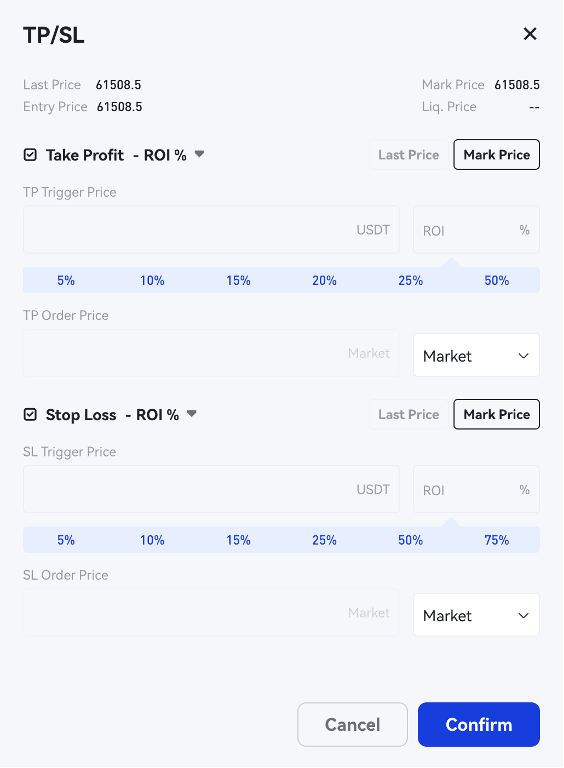
Pros
- High liquidity: Ensures minimal slippage, even for large trades.
- Fast execution: Processes 300,000 transactions per second for rapid order fills, comparable to other fast crypto trading platforms.
- Flexible leverage: Up to 100x leverage on BTC and ETH contracts, allowing higher exposure, like these crypto margin trading exchanges.
- Low fees:01% maker and 0.06% taker fees, great for frequent traders.
- Advanced order types: Market, limit, and conditional orders for precise trade management.
- Proof of Reserves: Merkle tree system allows verification of fund backing.
- No contract expiration: Hold perpetual contracts indefinitely, giving flexibility to long-term traders.
- TradingView integration: Includes robust charting tools for technical analysis.
- Multi-collateral margin: Use USD, USDT, or crypto as margin for more flexibility.
- Risk management tools: Isolated and cross-margin reduce liquidation risks.
- CeFi/DeFi hybrid model: Combines centralized trading with decentralized governance features.
- Reliable uptime: Stable even during high-volatility trading periods.
- Referral program: Earn rewards for referring friends to the platform.
- Mobile app support: Full trading functionality available via mobile, making it one of the better apps for crypto trading.
Cons
- Unregulated in key regions: No EU or US regulatory approval.
- No fiat withdrawals: Requires converting to crypto for fiat transfers.
- Limited insurance fund: Doesn’t cover losses from hacks or breaches.
- No traditional futures: Only supports perpetual contracts.
- Geo-restrictions: Not available in the US, UK, or Canada. You can explore more on US crypto trading platforms if you need alternatives.
- Fluctuating funding rates: Long positions face volatile rate changes.
- High VIP volume requirement: VIP benefits require significant trading.
- Bot-heavy support: Customer support is often slow and bot-driven.
Is Phemex a safe crypto exchange?
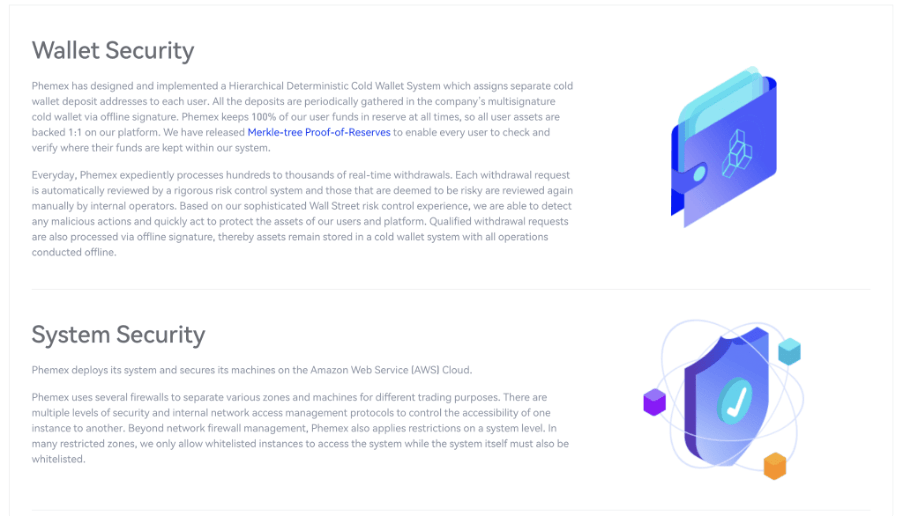
When it comes to safety, Phemex boasts an impressive track record with no history of being hacked. The platform’s design prioritizes account protection and fund security through a variety of modern protocols. Here’s a breakdown of the key elements:
Hierarchical Deterministic Cold Wallets: Each user on Phemex is assigned their own unique cold wallet address. All assets are stored in these offline cold wallets, which dramatically reduces the risk of cyberattacks since the wallets are not connected to the internet.
Multi-Signature Withdrawals: Withdrawals on Phemex are processed using a multi-signature mechanism. This means that no single individual has the authority to move funds. Instead, multiple authorized signatures are required to approve any withdrawal. This significantly reduces the chances of unauthorized withdrawals and increases overall platform security.
Amazon Web Services (AWS) Hosting: Phemex uses the AWS cloud to host its platform, benefiting from their world-class security features. AWS provides robust encryption protocols, advanced DDoS protection, and network firewalls, making the exchange’s infrastructure highly resilient to attacks.
Two-Factor Authentication (2FA): Account security is further enhanced through 2FA, which adds an additional layer of protection. Even if someone gains access to your login credentials, they would still need the verification code from your authenticator app to log in or withdraw funds.
Proof of Reserves (PoR): To build trust, Phemex has implemented Proof of Reserves, using Merkle tree technology to ensure users can verify that the exchange holds more assets than its liabilities. This system allows you to independently check that your funds are safely accounted for, ensuring transparency and boosting confidence.
Security Audits and Bug Bounties: Phemex regularly conducts security audits and has a bug bounty program to encourage ethical hackers to find vulnerabilities before malicious actors do. This proactive approach helps to ensure that the platform stays secure against emerging threats.
With these security protocols in place, Phemex is regarded as one of the safer exchanges to trade on. While no platform is immune to risks, Phemex’s layered approach to security gives users multiple defenses against potential threats. If you’re interested in a deeper dive into secure platforms, consider checking out our list of the most secure crypto platforms for alternatives with top-notch security features.
Key features
Below you’ll find a compact list of all the most important features of Phemex:
- Trading tools for active traders: Supports perpetual contracts with up to 100x leverage, low latency, and fast order execution.
- Extensive Cryptocurrency Support: Over 260 trading pairs, including BTC, ETH, XRP, and a wide range of altcoins.
- Mobile App: On-the-go trading with advanced charting tools and full TradingView integration.
- Security: Hierarchical Deterministic Cold Wallet System, AWS deployment, 2FA, and Proof of Reserves (PoR) via Merkle tree technology.
- Deposit and Withdrawal Options: ACH, credit card, crypto transfers, support for 80+ fiat currencies, and low withdrawal fees.
- Unique Features: Copy trading, automated bots, prediction markets, high-APY staking pools, and early access to new projects via Phemex Launchpad.
- Web3 Integration: Semi-decentralized model with DAO governance, Phemex Soul Pass, and the upcoming Phemex Token (PT) for staking and governance.
- Competitive Fees: Spot trading fees at 0.1% and contract trading fees at 0.01% (maker) and 0.06% (taker), with a VIP Program for reduced fees.
- Precision Perpetual Contracts: Supports USD-M, COIN-M, and USD(S)-M contracts with flexible margin options. See contract details below.
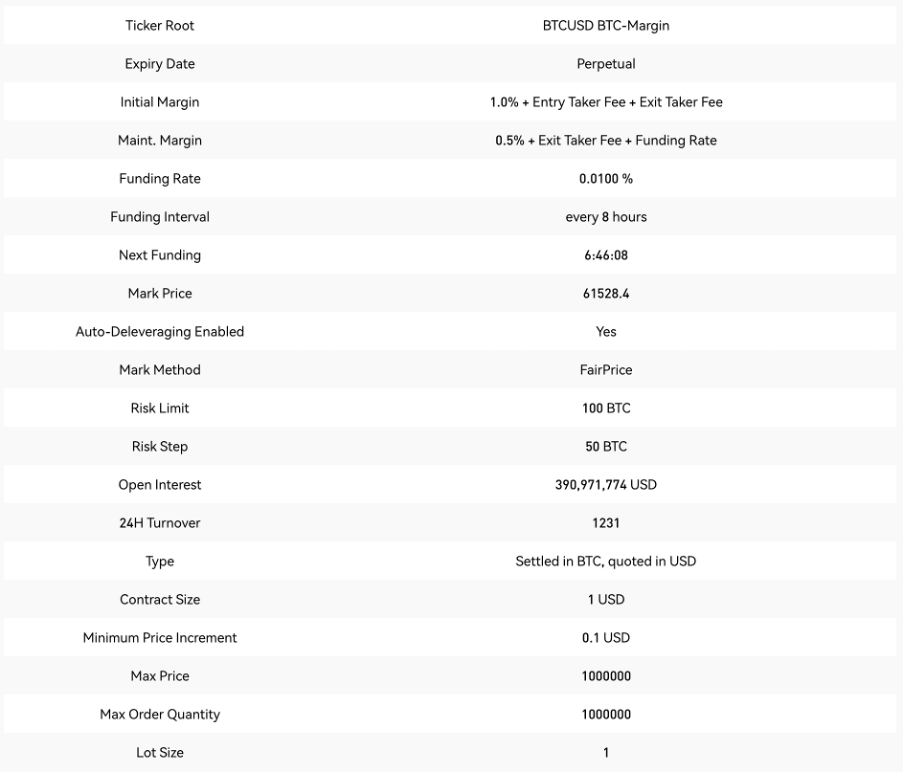
- Trading Engine: Handles 300,000 TPS with sub-1ms latency, ideal for high-frequency trading.
- Customizable Charts: Advanced charting tools with multiple indicators and personalized strategies via TradingView.
- Advanced Orders: Conditional orders with trigger price mechanisms for automated strategies.
- Zero-Fee Crypto Conversion: Zero-fee crypto-to-crypto conversions within wallets.
- Multi-Collateral Margin: Allows BTC, ETH, and USDT as collateral for contract trading.
- On-Chain Proof of Reserves: Verifiable via Merkle tree system, ensuring transparency.
- API for Programmatic Trading: REST and WebSocket APIs for high-frequency, automated trading.
- Dynamic Funding Rates: Funding rates applied every 8 hours with no overnight fees.
- VIP Liquidity Tiers: VIP traders can achieve zero or negative maker fees.
- Phemex Soul Pass: A soulbound NFT that provides access to exclusive features and governance via vePT tokens.
- xPT Token Pre-Mining: Pre-mining of Phemex utility tokens with staged difficulty, offering staking rewards and fee reductions.
Phemex fees
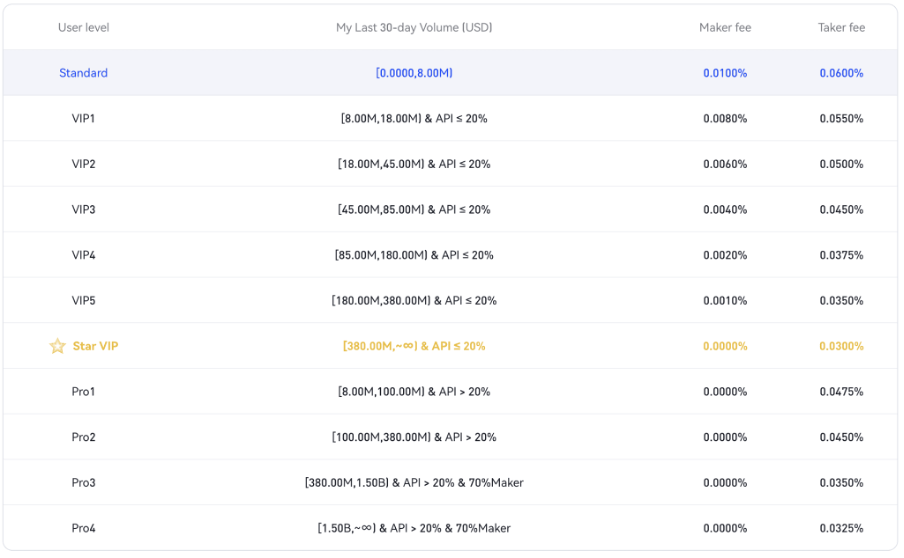
Below is a detailed breakdown of all the fees you need to know about on Phemex:
1. Spot Trading Fees:
- Maker Fee: 0.1%
- Taker Fee: 0.1%
These are flat fees applied to all spot trades, with no difference between adding or taking liquidity.
2. Contract Trading Fees:
- Maker Fee: 0.01%
- Taker Fee: 0.06%
These fees apply to perpetual contracts, where market makers provide liquidity and takers execute trades from the order book.
3. Withdrawal Fees:
- Phemex charges varying withdrawal fees depending on the cryptocurrency being withdrawn. For example:
- Bitcoin (BTC): 0.00057 BTC
- Ethereum (ETH): 0.00635 ETH
- USDT (ERC-20): 3.2 USDT
- USDT (TRC-20): 0.1 USDT
4. It’s worth noting that there are no deposit fees regardless of the method used (crypto transfer or fiat).
5. VIP Fee Discounts: For traders with higher volumes, Phemex offers a tiered VIP program:
- VIP 1 (up to $500,000 in monthly volume):
- Spot: 0.09% Maker, 0.1% Taker
- Contracts: 0.055% Taker, 0.01% Maker
- VIP 5 (up to $10M in volume):
- Spot: 0.035% Maker, 0.055% Taker
- Contracts: 0.0375% Taker, 0.001% Maker
- Star VIP (over $10M in volume):
- Spot: 0% Maker, 0.04% Taker
- Contracts: 0.03% Taker, 0% Maker
6. Funding Rates: Phemex charges funding fees between long and short positions every 8 hours for perpetual contracts. These rates vary based on market conditions and are important for traders using leverage.
This fee structure is one of the reasons why Phemex remains attractive to both retail and institutional traders. For those seeking the lowest fees possible, you might also want to explore our article on the crypto exchange with lowest fees.
What they don’t say about Phemex
Phemex is often praised for its user-friendly interface and competitive fees, but there are some less discussed aspects that deserve attention. First, while Phemex’s insurance fund exists to cover losses during liquidation, it’s relatively small compared to larger exchanges like Binance. In volatile markets, this could mean your position might not be fully covered in the event of liquidation.
Another issue is the high funding rates on perpetual contracts, which can become costly if you hold positions over extended periods, especially during market spikes. For other alternatives, you can explore our list of crypto derivatives trading platforms, which may offer more competitive rates.
Moreover, the platform’s semi-centralized model is still in development. While Phemex promotes decentralization through features like DAO governance and proof of reserves, the exchange currently operates much like a traditional centralized platform, with the promised decentralized elements still in progress.
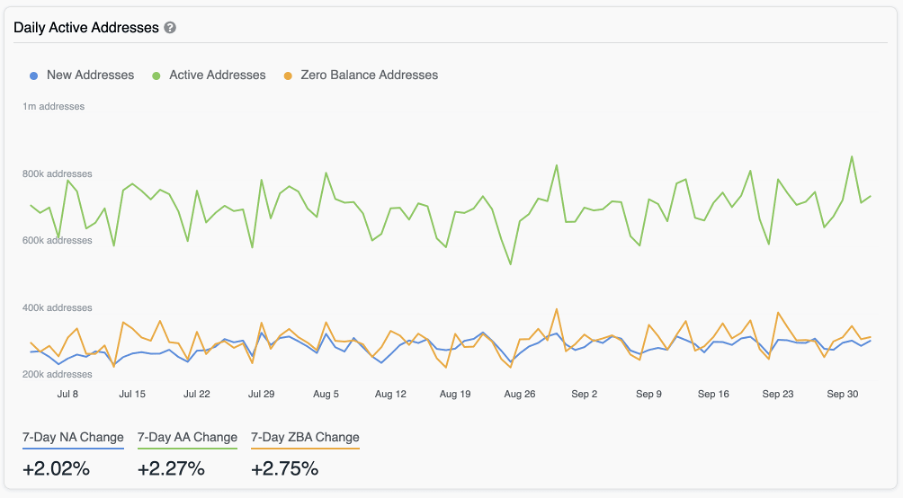
Users have also reported withdrawal delays during periods of market congestion, particularly for less liquid assets. Additionally, Phemex’s geographic restrictions can be problematic. Many users bypass these restrictions using VPNs, which can result in account suspension or withdrawal issues if the platform detects prohibited access.
Phemex also tends to have high withdrawal fees for certain altcoins, which can eat into profits, particularly during times of network congestion. Lastly, it’s important to note that the exchange isn’t regulated in key jurisdictions like the U.S. or EU, offering little consumer protection if anything goes wrong.For more insight into other exchanges, you might also want to explore our crypto exchange in Europe guide for region-specific platforms.
How to get started with an account
To get started with an account on Phemex, follow this simple step-by-step guide:
1. Visit the Official Website
- Go to Phemex’s official site.
- Always double-check that the URL is correct to avoid phishing websites.
2. Sign Up for an Account
- Click the “Sign Up”
- Enter your email address and create a strong password.
- A strong password should include a mix of upper and lowercase letters, numbers, and symbols. Never reuse passwords from other websites.
- Check your email for a 6-digit verification code and input it to complete the registration.
3. Enable Two-Factor Authentication (2FA)
- For additional security, enable 2FA right after signing up.
- Download the Google Authenticator
- In the Phemex account dashboard, scan the provided QR code using Google Authenticator.
- Each time you log in, you will need to enter a 6-digit code generated by the app, adding an extra layer of protection.
Tip: Never store your 2FA backup codes digitally. Keep them in a secure offline location.
4. Verify Your Identity (KYC)
- While Phemex allows trading without KYC, verifying your identity will lift certain limits (like withdrawal restrictions).
- Navigate to the account settings and follow the steps for identity verification, which typically involve uploading an ID and completing a short verification process.
Tip: KYC helps with higher withdrawal limits and may speed up customer support assistance.
5. Deposit Funds
- You can deposit funds by clicking on “Assets” in the navigation bar and selecting “Deposit”.
- You can deposit cryptocurrencies like Bitcoin or use a credit/debit card to purchase USDT or BTC.
Tip: For lower fees, deposit cryptocurrency directly instead of using card payment options, which may come with higher processing fees.
6. Start Trading
- Once your account is funded, you can start trading. If you’re trading futures or contracts, remember to transfer funds to your Contracts Account.
- Familiarize yourself with different order types, such as market, limit, and conditional orders, available on Phemex.
Tip: If you’re new, start by practicing with small amounts or use Phemex’s Testnet to simulate trades without risking real funds.
By following these steps, you’ll have your Phemex account ready for trading. Just remember to use strong security measures like 2FA and avoid trading with high leverage until you’re more experienced.
Trading interface and advanced tools
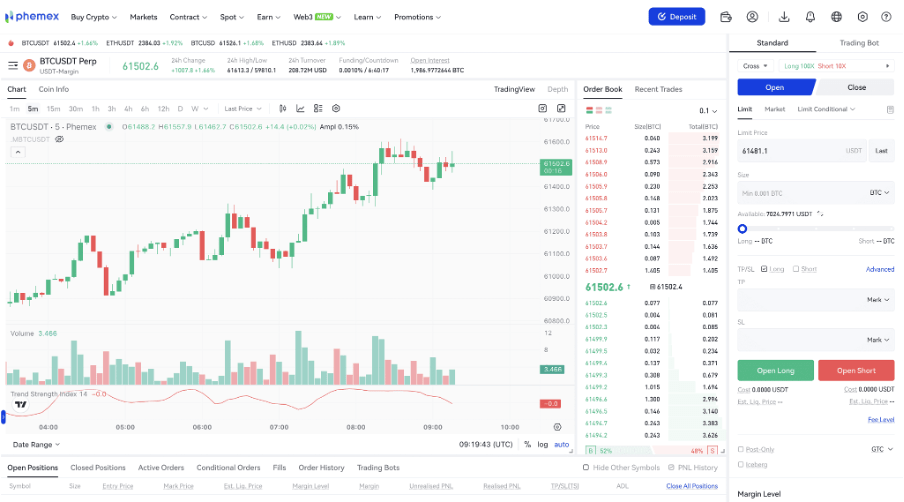
Phemex’s trading interface is built for traders who prioritize speed, control, and customization. It integrates TradingView with over 100 indicators like Fibonacci retracements, Ichimoku clouds, and Volume Profile, enabling detailed analysis across multiple timeframes. The interface supports multi-chart layouts, custom intervals, and custom indicators, all with real-time updates.
The order system offers market, limit, and conditional orders, plus advanced types like Good-Till-Cancelled (GTC), Immediate-Or-Cancel (IOC), and Fill-Or-Kill (FOK). Conditional orders allow for complex strategies like OCO (One-Cancels-the-Other), which automates risk management and profit-taking. If you’re focused on efficient order execution and stop-loss features, you might want to explore other stop loss crypto platforms for comparison.
The leverage system supports up to 100x leverage on BTC/USDT contracts, with real-time tracking of liquidation prices, margin requirements, and funding rates. Funding settlements occur every 8 hours, helping traders manage costs.
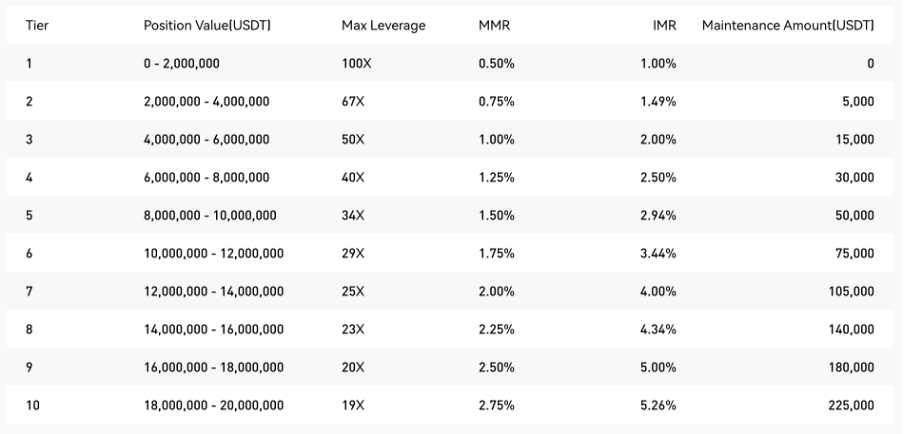
Phemex’s API supports REST and WebSocket protocols, offering low-latency access to market data and programmatic order management. Traders can implement algorithmic strategies, market-making bots, and statistical arbitrage with millisecond precision. Webhooks provide real-time event notifications for responsive trading.
The depth-of-market (DOM) feature offers granular order book visibility, useful for optimizing entries and exits, especially for scalpers and high-frequency traders.
Risk management tools include isolated and cross margin modes, with real-time tracking of profit and loss (PnL), mark prices, and funding rate history. Phemex also offers a fully customizable dashboard, allowing users to re-arrange modules like the order book and trade history. Multi-window support enables monitoring of multiple pairs or timeframes.
Phemex’s low-latency execution engine ensures minimal slippage, even in volatile markets. Its infrastructure supports high-frequency trading (HFT), handling large volumes of transactions with near-zero downtime, crucial for arbitrage, scalping, or market-making strategies.
Safety and security protocols
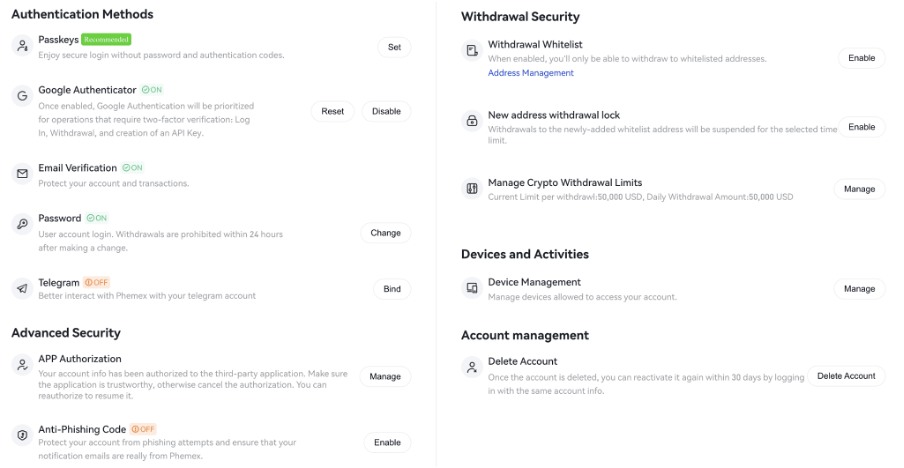
Phemex uses a Hierarchical Deterministic Cold Wallet System that assigns each user a unique deposit address and stores most funds in offline cold wallets. This reduces exposure to hacks and unauthorized access. Withdrawals require multi-signature authorization, adding an extra layer of protection.
Phemex leverages Amazon Web Services (AWS) for infrastructure, offering Virtual Private Cloud (VPC) isolation, firewall protection, and DDoS mitigation. All data is end-to-end encrypted, ensuring security both in transit and at rest.
Two-Factor Authentication (2FA), required for critical actions like withdrawals, is enforced through Google Authenticator, adding a layer of security against phishing attacks.
Phemex offers Proof of Reserves (PoR) using Merkle tree cryptography so users can verify their assets, ensuring transparency and preventing insolvency risks.
The platform uses real-time risk monitoring with machine learning algorithms to detect unusual activity, triggering automatic security responses like freezing withdrawals or requiring additional verification.
Its insurance fund ensures traders are compensated if liquidations fall below the bankruptcy price, preventing Auto-Deleveraging (ADL) that could harm other positions.
Phemex also includes rate-limiting, IP whitelisting, and device management tools to control account access. Users can track logins and manage devices via the dashboard.
Post-FTX collapse, Phemex strengthened asset segregation, ensuring user funds are kept separate from company accounts, so they’re protected even in case of insolvency.
Finally, Phemex uses geographically distributed encrypted backups, ensuring data integrity and minimizing downtime in the event of hardware failure.
Deposit and withdrawal options
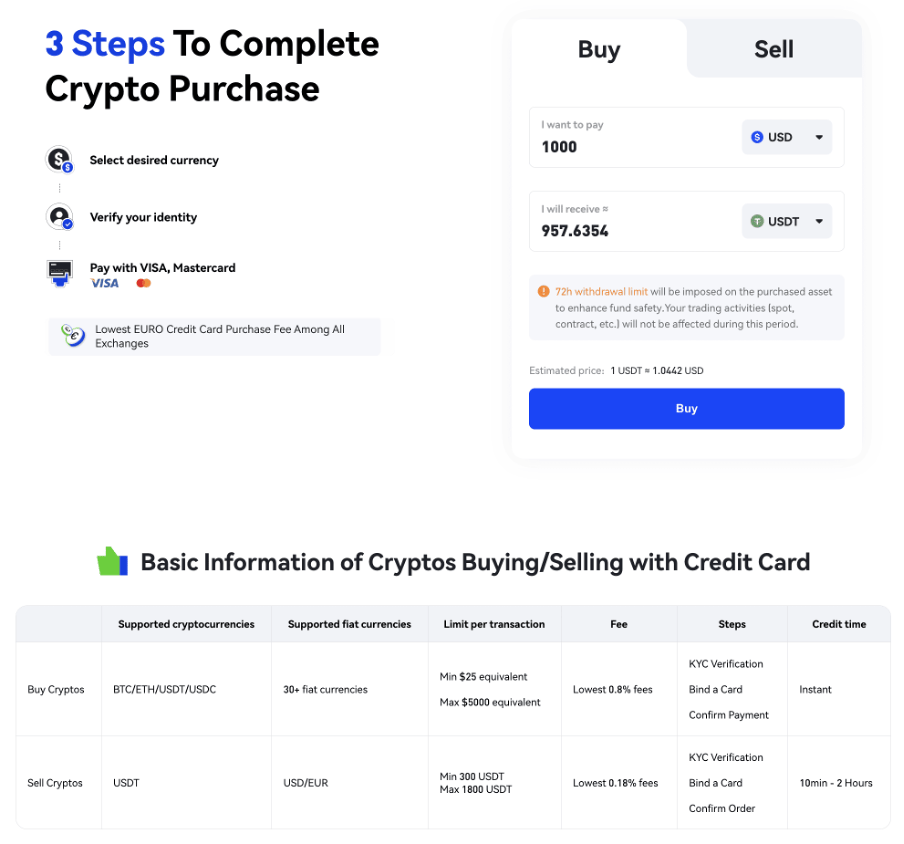
Phemex supports a variety of deposit and withdrawal options for crypto users and fiat on-ramps. Crypto deposits are fee-free and available for assets like Bitcoin (BTC), Ethereum (ETH), USDT, and many altcoins. Each asset is assigned a unique deposit address using a Hierarchical Deterministic Wallet System for security. For traders interested in altcoins, Phemex is a strong contender, but you might want to explore other altcoin exchanges as well.
For fiat, users can buy crypto with credit or debit cards through Simplex and Mercuryo, supporting over 80 currencies, including USD, EUR, and GBP. Processing fees, set by third-party services, range from 3-5%.
Withdrawals are fast and low-cost, with fees varying by cryptocurrency and network conditions. Phemex aggregates withdrawals to reduce costs and has no withdrawal limits for KYC-verified users. Non-KYC users can withdraw up to 2 BTC daily.
USDT withdrawals are available on ERC-20, TRC-20, and BEP-20 networks, letting users choose based on speed and fees. Transaction histories, including block confirmations and transaction IDs, provide transparency for users.
Phemex delivers fast, secure, and low-cost deposit and withdrawal options, supporting a broad range of assets and blockchains.
Customer support
Phemex offers 24/7 live chat support, connecting users with agents in under a minute. For complex issues, technical or trading-specific inquiries are escalated to specialized teams. VIP support provides priority service and a dedicated account manager for high-volume traders. The live chat is not exactly the same as the BYDFi’s live chat but it is close to being just as good. As you can see in the test below, an agent was connected in less than 20 seconds.

In addition to chat, Phemex has a ticketing system via email, with responses typically within 24 hours. The system is integrated with account data for faster resolution of issues. For self-service, users can access a knowledge base covering everything from basic troubleshooting to API integration and leverage strategies.
Phemex also maintains active social media and Telegram groups where users can get quick peer-to-peer advice. For technical traders, the support team is knowledgeable about API errors, order issues, and margin calls, ensuring issues are addressed efficiently.
For email inquiries, traders can contact [email protected], and VIP members receive faster responses. The platform also runs Phemex Academy for educational resources on advanced features and trading strategies.
Phemex’s support system is built for traders needing quick, reliable solutions, with tools like live chat, email, a knowledge base, and community channels for comprehensive coverage.
Do you need KYC to trade on Phemex?
Yes, as of a recent update, KYC (Know Your Customer) verification is now mandatory on Phemex for all users who wish to trade. This is a shift from Phemex’s earlier stance where users could trade anonymously with limited functionality. Now, full access to the platform’s features, including spot trading, perpetual contracts, and withdrawal options, requires completing the KYC process.
The KYC process on Phemex is structured into different tiers, each unlocking higher withdrawal limits and additional features. KYC Level 1 (Basic Verification) allows for withdrawals up to a modest daily cap, typically suitable for casual traders. To unlock higher withdrawal thresholds and more advanced functionalities such as participation in institutional-grade services or the Phemex VIP program, users need to complete KYC Level 2 (Advanced Verification), which requires additional documentation.
Completing KYC involves submitting government-issued identification such as a passport or national ID, along with a selfie for biometric verification. The platform uses AI-powered verification systems to process these details swiftly, usually within minutes for basic verification, though advanced verification may take longer depending on document review.
Below is a video on how to verify your account on Phemex:
While some traders might find KYC requirements cumbersome, it’s important to note that this change aligns with global regulatory standards, increasing security and fraud prevention across the platform.
Additionally, completing KYC gives traders access to Phemex’s full range of features, such as higher withdrawal limits, participation in trading competitions, and access to Phemex Earn products, which offer yield-earning opportunities on crypto holdings. I recommend reading our article on non-kyc crypto exchanges if you are looking for that option.
Where is Phemex located?
Phemex is headquartered in Singapore, a leading fintech hub with a favorable regulatory environment for cryptocurrency. This location enables Phemex to serve over 200 countries while avoiding regions with stricter regulations like the U.S. and Canada.
If you’re interested in more local options, you can explore our reviews on crypto trading platforms in Singapore and crypto trading platforms in Canada for other alternatives based on your location.
Singapore’s world-class infrastructure supports Phemex’s low-latency execution and high-frequency trading, essential for professional traders. Operating under Singaporean law, Phemex is strategically positioned to cater to key markets in Asia-Pacific, including Japan, South Korea, and Australia, benefiting from the region’s high trading volumes.
FAQs
Is Phemex available in the U.S.?
No, Phemex is not available to residents of the U.S. due to regulatory restrictions.
Does Phemex offer fiat withdrawals?
No, Phemex does not support fiat withdrawals. Users need to convert their assets to crypto for withdrawals.
What is the maximum leverage on Phemex?
Phemex offers up to 100x leverage on certain perpetual contracts like BTC/USDT.
How long do withdrawals take on Phemex?
Withdrawals are typically processed within a few hours, but timing can vary depending on network congestion.
What cryptocurrencies can I trade on Phemex?
Phemex supports over 260 trading pairs, including BTC, ETH, XRP, and many altcoins.
Does Phemex require KYC?
Yes, KYC is required to access full trading and withdrawal functionalities on Phemex.
What fees does Phemex charge for trading?
Phemex charges 0.01% for makers and 0.06% for takers on contract trades, and 0.1% for both makers and takers on spot trades.
Can I use bots for trading on Phemex?
Yes, Phemex supports algorithmic trading through its API, allowing users to integrate trading bots.
Is Phemex safe to use?
Yes, Phemex uses advanced security features like multi-signature withdrawals, cold wallet storage, and Proof of Reserves to ensure safety.
Does Phemex have a mobile app?
Yes, Phemex offers a fully functional mobile app with advanced trading features and charting tools.
Final thoughts
Phemex stands out as a highly efficient platform for active traders who value speed, low fees, and advanced trading tools. Its integration with TradingView, flexible leverage options up to 100x, and a solid selection of over 260 trading pairs make it a competitive choice for both spot and futures trading. Security is robust, with cold wallet storage, multi-signature withdrawals, and Proof of Reserves ensuring your funds are protected.
If you’re searching for a good option for a crypto platform for short-term trading, Phemex is an excellent choice. However, the platform’s limitations, such as the lack of fiat withdrawals, geographic restrictions, and high funding rates for perpetual contracts, could be dealbreakers for some. Phemex’s unregulated status in key regions like the U.S. and Canada also raises concerns for users seeking more regulatory protection.
In short, if you’re looking for a fast, feature-rich trading platform with plenty of advanced tools and aren’t concerned about fiat withdrawals or region restrictions, Phemex is an excellent choice. For those prioritizing regulation and broader withdrawal options, other exchanges might be a better fit.






























